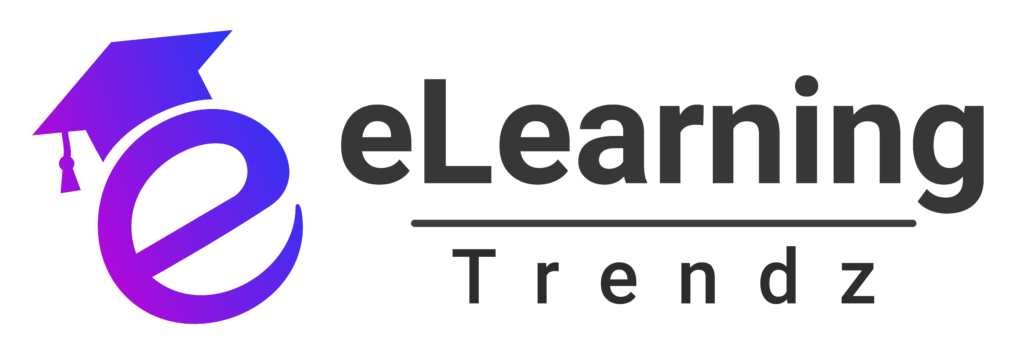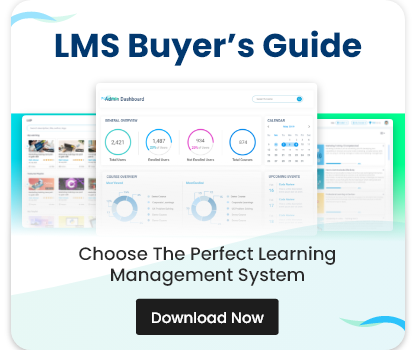In an era where remote work, hybrid teams and continuous learning are the new normal, organisations are under pressure to deliver effective training without heavy investment. That’s why discovering the top 10 features of free LMS systems matters so much in 2025. With budget constraints and rapidly evolving learner expectations, selecting a Learning Management System (LMS) that delivers maximum value at no cost is a smart move. A well-equipped free LMS does more than store courses—it empowers learners, tracks progress, supports careers and scales with your organisation. In this blog we’ll explore the top 10 features of free LMS solutions you should look for, ask the right questions, and help you pick wisely.
Start Scaling Your L&D Today with Free Tools
Unlock the Potential of Free Tools to Revolutionize Your Learning Strategy!
What defines a free LMS and why look for the top 10 features?
Free LMS can mean different things: a truly open-source platform you host yourself, or a cloud-based provider offering a free tier. Regardless, free doesn’t mean you should compromise on features. Leading sources show that free LMS platforms are increasingly offering advanced capabilities once reserved for paid tiers—such as certifications, analytics, integrations and role-based learning.
By defining the top 10 features of free LMS, you ensure you’re not settling for a minimal model—but choosing one capable of supporting real training outcomes, growth and engagement.
What are the top 10 features of free LMS platforms in 2025?
1. User & Role Management
A free LMS must support different user roles (learners, instructors, administrators), bulk uploading of users, groups or cohorts, and fine-grained permissions. This enables structured training across teams or departments. Some free LMS include user-management features such as bulk uploads and group creation.
2. Course Authoring & Content Flexibility
Even free systems should allow you to upload varied content (videos, documents, SCORM/xAPI packages), create quizzes and structure learning paths. Free LMS are now closing the gap in content flexibility.
3. Assessment & Certification
Learners expect to complete courses, be assessed and earn certificates or badges. Free LMS that include automated assessments and certification boost credibility and engagement.
4. Mobile Access & Responsive Design
Learners increasingly use mobile devices. A free LMS should support mobile-friendly interfaces or dedicated apps so users can learn anytime, anywhere. SelectHub identifies mobile support among key criteria.
5. Analytics, Reporting & Insight
Tracking learner progress, engagement and outcomes matters. Free LMS platforms now often include dashboards and reports that previously were premium features.
6. Integrations & Extensibility
Your training ecosystem may include HRIS, CRM, video conferencing and content libraries. A free LMS should provide integrations or plug-in architecture so you can extend functionality without starting from scratch.
7. Scalability & Performance
Even if you start small, you must be ready to grow. A free LMS must handle more users, courses and usage without a backend rebuild. Free doesn’t mean thrown together—look for scalable architecture.
8. Branding & User Experience
Your brand matters. A free LMS should allow basic customisation—logo, colours, landing page—to reflect your organisation, and a UI that doesn’t feel outdated. Though many free LMS struggle here, it’s still a key feature.
9. Compliance & Standards Support (SCORM/xAPI)
For corporate training, compliance tracking and learning standards matter. A free LMS that supports SCORM or xAPI gives you flexibility in content authoring and future-proofing for tracking real skills.
10. Support & Community
Free platforms often trade off dedicated support, but even so, a strong online community, regular updates and active plugin ecosystem are critical. A vibrant community lowers internal risk.
🚀 Ready to See Paradiso LMS in Action?
Let's show you how Paradiso LMS can work for you.
🎯 Get a Free LMS NowWhy are these features important for your training strategy?
What does each feature enable?
- User & Role Management → ensures control, segmentation and appropriate access levels across learners, instructors and admins.
- Course Authoring & Flexibility → you can deliver custom and relevant content, aligning with business goals rather than generic modules.
- Assessment & Certification → adds motivation for learners and provides credentials, boosting completion and value.
- Mobile Access → supports modern learners who expect flexibility; improves adoption.
- Analytics & Reporting → transforms training from cost-sink to measurable business impact: track skills, gaps and outcomes.
- Integrations & Extensibility → connects learning with broader systems (HR, performance), making it part of the workflow not a silo.
- Scalability → avoids the trap of outgrowing your LMS and needing to migrate—important for growth and planning.
- Branding & UX → ensures learners feel part of the organisation and leads to better engagement and adoption.
- Standards Support → ensures compliance readiness and flexibility for authoring content or migrating later.
- Support & Community → mitigates risk of being unsupported or stuck with outdated software; community contributions can offset cost.
How do they translate into business outcomes?
- Launch training quickly without large investment
- Provide relevant, engaging learning tailored to learners, increasing completion and retention
- Demonstrate learning outcomes to leadership via analytics
- Scale training as your organization grows
- Maintain control and flexibility while leveraging free software
What are some questions you should ask when evaluating free LMS?
- Does the platform allow unlimited users or impose restrictions on the free tier?
- Is the authoring environment flexible enough for your content types (video, SCORM, micro-learning)?
- Can learners access content on mobile or offline?
- What kind of analytics and reporting are included in the free plan?
- Are there integrations (e.g., SSO, HRIS, Zoom)?
- What level of branding customisation is available?
- Is the platform able to scale (users, courses, multiple roles, global deployment)?
- Does it support learning standards (SCORM/xAPI) or just proprietary formats?
- What’s the support model for free users—community, email, paid upgrades?
- Are there hidden costs (hosting, storage, premium plugins, upgrades) even though the LMS is “free”?
Compare top free LMS platforms and find one that fits your 2025 learning goals!
Start smarter - explore the must-have features of free LMS platforms today!
Conclusion: Building a Smarter Learning Future with the Right Free LMS
Selecting the right LMS today isn’t just about saving costs — it’s about enabling growth, engagement, and performance. The top 10 features of free LMS platforms are now essential benchmarks for what modern learning systems should offer — from mobile learning and analytics to integrations and certification tools.
A free LMS in 2025 can deliver far more than basic functionality. The best ones combine simplicity with powerful features, helping organizations of all sizes upskill teams and track real learning outcomes without heavy investment.
Before choosing, test a few platforms yourself. Focus on scalability, ease of use, and learner experience — not just the “free” label. The right LMS should evolve with your goals and empower your workforce to keep learning.
🚀 Start exploring today — compare top free LMS platforms, check these 10 must-have features, and unlock smarter learning at zero cost.















